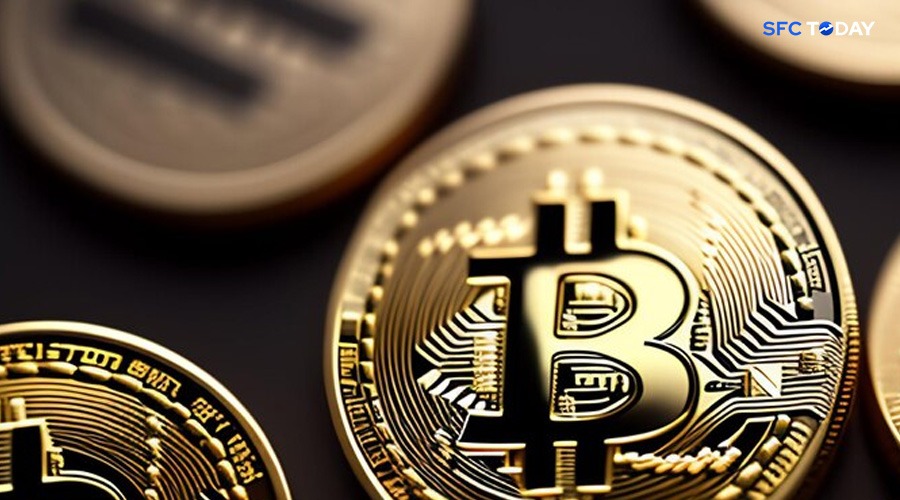Check out the analysis of Bitcoin price prediction before the halving event
There are many things that affect the price of Bitcoin, but only one gets a lot of attention: halvings. When a block reward is cut in half, it triggers a halving of the block reward. Halvings have been a significant factor in bull markets in the past. While the effects of halvings are slowly fading, the upcoming halvings are likely to play an essential role in setting the price of Bitcoin.
The first thing to understand is that the price of Bitcoin is always a function of net demand. That is, the amount of Bitcoin available at any given moment is determined by the demand for holding that Bitcoin. If there is a lot of Bitcoin available, its value will fluctuate until investors realize what they want to have in terms of USD.
For example, let’s say there’s only one bitcoin, and two investors want to hold one thousand USD worth of bitcoin. That’s only possible if Bitcoin is valued at 2000 USD per coin, and each investor holds half a coin. The current inflation rate is about 1.8%, about the same as gold, and it’s expected to drop to around 0.9% by the end of April. So, assuming there’s no change in demand, in the first year following the halving, the price of bitcoin should only increase by 0.9% compared to what it would be if there were no halving.
The market cap should only change if demand changes. For example, if the price of bitcoin is going to increase by 1.8%, the price must decrease by 1.8%. If inflation is going to be around 0.9%, the price of bitcoin would need to drop by 0.9%, and so on. Of course, there is no such thing as a “fixed demand” for Bitcoin. However, the opposite is also true. The analysis above shows that while the halving of the bitcoin supply is a supply event, all of the price changes must come from a demand-side event since the pure supply effect is almost non-existent.
The halving may also affect the equilibrium of the marginal buyers/sellers, potentially triggering a bull market, with the feedback loop of more buyers/sellers when the price goes up. The current halving also highlights the extreme scarcity of Bitcoin at a moment when it is easier than ever for investors to access the digital currency, thanks to ETF approvals in the US. There are also mounting worries about the US debt overhang, prompting some to suggest that bitcoin could act as a hedging hedge against the possibility of a decline in confidence in the US dollar.
In light of this, as more and more people become aware of the halving and bitcoin scarcity and find it attractive, the halving works like a Schelling Point, accelerating bitcoin’s already strong momentum. As a result, it’s not out of the realm of possibility that we may see a pre-halving pump followed by a correction until the underlying growth trend of adoption and awareness pushes Bitcoin to new highs. The halving is a well-known event and should be priced based on the efficient market hypothesis. Bitcoin is a highly volatile asset with a correspondingly large expected future return. Events like the halving shouldn’t have any predictable impact on the day itself.
Of course, we can debate the validity of the efficient market hypothesis. However, the evidence from the options market suggests that the halfway point will be uneventful. In fact, traders are more focused on hedging downside risk through put options rather than betting on a considerable upside through OTM (out-of-the-money) call options. There is a bullish bias in the medium term, but we have seen a gradual decline in the bullish bias in the options market in the last few months.







